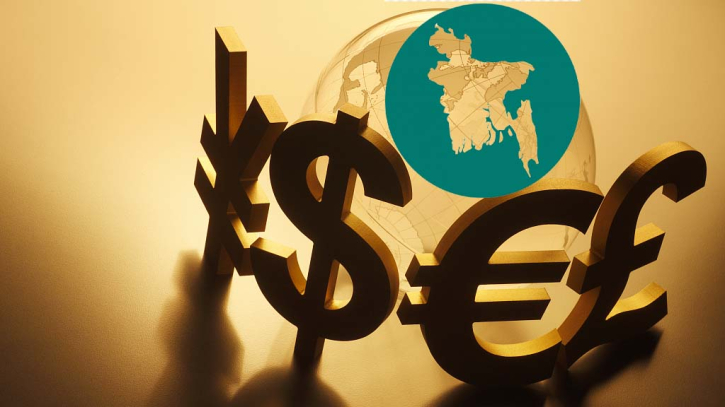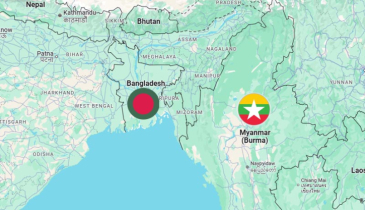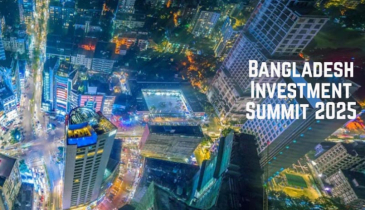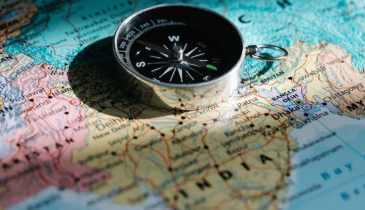Our EPZs haven for local and foreign investments

Bangladesh has had notable advancements in the social, political, cultural, and economic spheres since gaining independence. To accelerate the country's rapid economic expansion, notably through industrialization, the government adopted an 'Open Door Policy' and took a variety of efforts to attract foreign investment.
One such attempt was the BEPZA Act 1980, which finally led to the establishment of the Bangladesh Export Processing Zones Authority (BEPZA), the national body in charge of the establishment, management, and expansion of Export Processing Zones (EPZs). The main goal of an EPZ is to create specific zones where potential investors find a favorable investment climate free of onerous formalities. With a total investment of $6 billion, the EPZs have reinforced Bangladesh's economic basis by industrializing, encouraging investment, increasing exports, and creating jobs.
The journey of EPZ in Bangladesh began in 1983 with the establishment of the first EPZ in Patenga, Chittagong, based on a law passed by Parliament in 1980. The remaining seven operational EPZs are located in Dhaka, Mongla, Cumilla, Ishwardi, Uttara, Adamjee, and Karnaphuli. Furthermore, it has been agreed to establish three other similar zones in Gaibandha, Jessore, and Patuakhali, where land acquisition has already begun. BEPZA is also establishing an Economic Zone (EZ) at Mirsharai. Investors from 38 nations have so far invested in the current zones. The total exports from the 456 active firms of the 8 EPZs amounted to US$ 96 billion, with a total employment of 5 Lakh. BEPZA's annual reports reveal that it exported $7.84 billion in FY23, $8.65 billion in FY22, $6.64 billion in FY21, $6.49 billion in FY20, and $7.51 billion in FY19. Overall, exports from the eight EPZs account for around 15-16 percent of national export revenues.
Motivating factors for global investors: Bangladesh's economy is unquestionably one of the most promising in the region. The country's burgeoning middle-income group and a strategically advantageous geographical position between South and Southeast Asia renders it a desirable destination for international investors seeking to broaden their business activities in these areas. Due to the geographical closeness to major markets such as India and China, Bangladesh provides businesses significant opportunities to engage in regional connectivity, trade and investment. Meanwhile, with vast economic potential, Bangladesh experienced robust growth after the pandemic with macroeconomic stability, improvements in infrastructure, a growing digital economy, and growing trade flows.
Bangladesh has impressive opportunities for investors looking to capitalize on its rapidly rising economy. It has one of the world's most cost competitive, sizeable supply of labor, ideal for labor-intensive production in sectors such as garments and textiles, footwear, leather products and toys. Factories in EPZs are receiving incentives like tax holidays, duty free import of construction materials, machineries, office equipment and spare parts, raw materials and finished goods, Relief from double taxation, 100% foreign ownership permissible, full repatriation of capital and dividend and many more.
The factories are getting work permits issued by BEPZA, Secured and protected bonded area, off-Shore banking availability, import on Documentary Acceptance (DA) basic allowed, import and export on CM basis allowed, import from DTA (Domestic Tariff Area). They are also getting 10 per cent sale to DTA (Domestic Tariff Area), customs clearance at factory site, simplified sanction procedure, sub-contracting with export-oriented industries inside and outside EPZ, relocation of foreign industries facility, one window same day service and simplified procedures.
Bangladesh is rising as a vibrant and fast-growing market in the region. The country is projected to be the fastest-growing consumer market globally in the next decade, emerging as the ninth-largest consumer market by 2030, outpacing established markets like the UK and Germany. As the second-largest economy in South Asia, the country now has an amazing GDP of $460.8 billion, making it the world's 33rd largest economy in nominal terms and 25th in terms of purchasing power parity (PPP).
International financial institutions consider Bangladesh to be among the Next Eleven as it is undergoing a transformation from a frontier market to an emerging market. According to HSBC and others, Bangladesh appears to be on course to become the most significant mover in the economic rankings in the near future-the 26th largest economy by 2030 and the 20th by 2037. The country is also set to graduate from the United Nations' LDC list to the developing country status by 2026.
Bangladesh is seeing increasing urbanisation and a growing middle class, generating demand for new technology and services. There is a trend in upskilling of low-skilled workers due to the growth of local manufacturing. An average of almost three million new workers have been entering the labour force each year, since 2017, resulting in a young and vibrant workforce that has the potential to propel the economy even further. With a median age of 28, over two-thirds (68.4%) of the total population are of working age, meaning around 114 million Bangladeshis are ready to create value through employment.
According to an annual economic outlook of Mastercard Economics Institute (MEI),Bangladesh will be the second fastest growing economy in the year 2024 among 46 countries-from different regions-that are all fighting hard to recover post-pandemic. According to forecasts by the American consulting firm Boston Consulting Group (BCG) and HSBC Global Research, the size of Bangladesh's economy will reach $1 trillion by 2040. It is noteworthy that only 19 nations were members of the "trillion-dollar club" as of 2023. All these statistics show Bangladesh's powerful economic potentials, boosting global investors' confidence to tap into this growing market.
Notwithstanding the aforementioned excellent economic possibilities, it is indisputable that Bangladesh is facing a lot of uncertainty as a result of the current global and local economic environment. The liquidity challenges facing many banks and businesses, the ongoing foreign exchange risks and the tremendous inflationary pressures on ordinary people in particular are, no doubt, posing challenges for the country's sustainable economic progress. The underdevelopment of transportation and power supply systems, the sluggishness of the bureaucratic procedure and the persistence of corruption pose some difficulties for enterprises seeking to conduct operations within the country. To boost investor's confidence Bangladesh should implement strategies so that investors can successfully navigate the opportunities presented by investing in the economy of Bangladesh. To conclude, the economic growth of Bangladesh is anticipated to continue in the upcoming years owing to its favourable investment environment, strategic geographical position, and expanding market despite some challenges it faces now.
.png)









